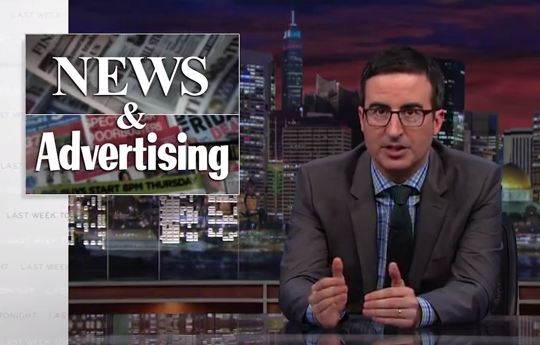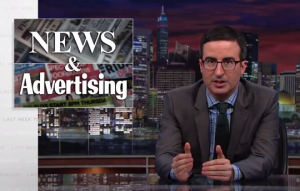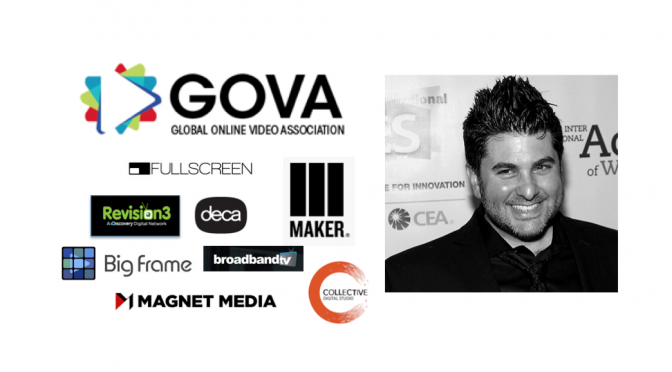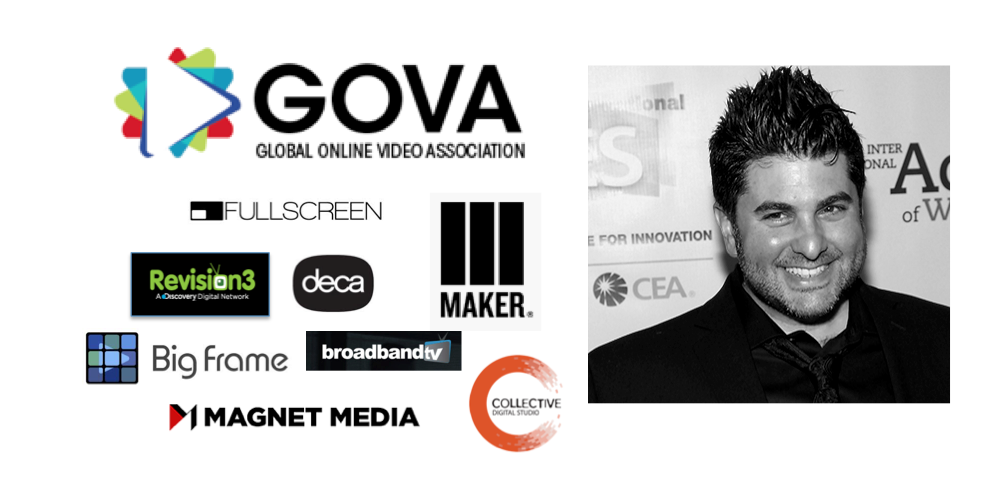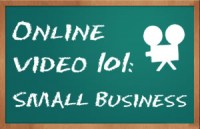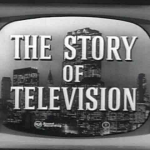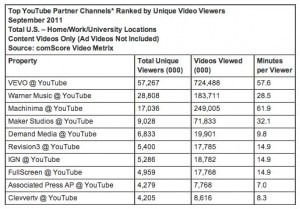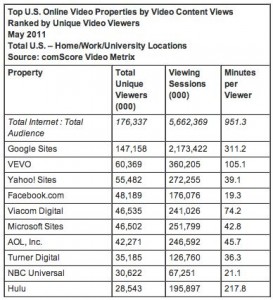Here’s an infographic from Entrepreneur magazine, in an article titled “7 Ways to Create a Killer Marketing Video” authored by Emily Conglin. I have some additional thoughts, as a marketer (currently leading strategy for an Omnicom agency) and as an author of Beyond Viral,” which was written for marketers seeking to capitalize on video online. The book is now ancient in online terms, but still has some tips that have stood the test of time.
One of my key messages in Beyond Viral is that advertisers should not “over produce” videos. Go for volume of efficiently produced video rather than creating one or two expensive ones. I still see a lot of that violation in advertising, where creatives want to shoot one single video and spend tens of thousands of dollars. As I still say, of my thousands of videos on YouTube as Nalts, I never knew which one would gain traction. For me, it turned out to be “I Are Cute Kitten,” a video seen 47 million times as of this writing.
So volume helps… especially since marketers can use online-video for a variety of stages in the consideration-to-purchase funnel.
The infographic urges marketers to begin by identifying the target market and the video’s business objectives. The intersection of those customer needs and business needs is the right way to begin.
Another temptation for marketers is to sell, sell, sell before providing value to the target customer. As the infographic points out, most viewers abandon a video in those precious early moments. We once did a sponsored video for Kodak, and the agency insisted that we open with a promotional slate. As a result, the viewers were basically told “this is going to be an ad” before they ever got to the story. I encourage marketers to resist the urge to force a business objective on the audience before providing them value.
What ya think? Comment below and check out the infographic. Any infographic with an orange monster must have some important information.





